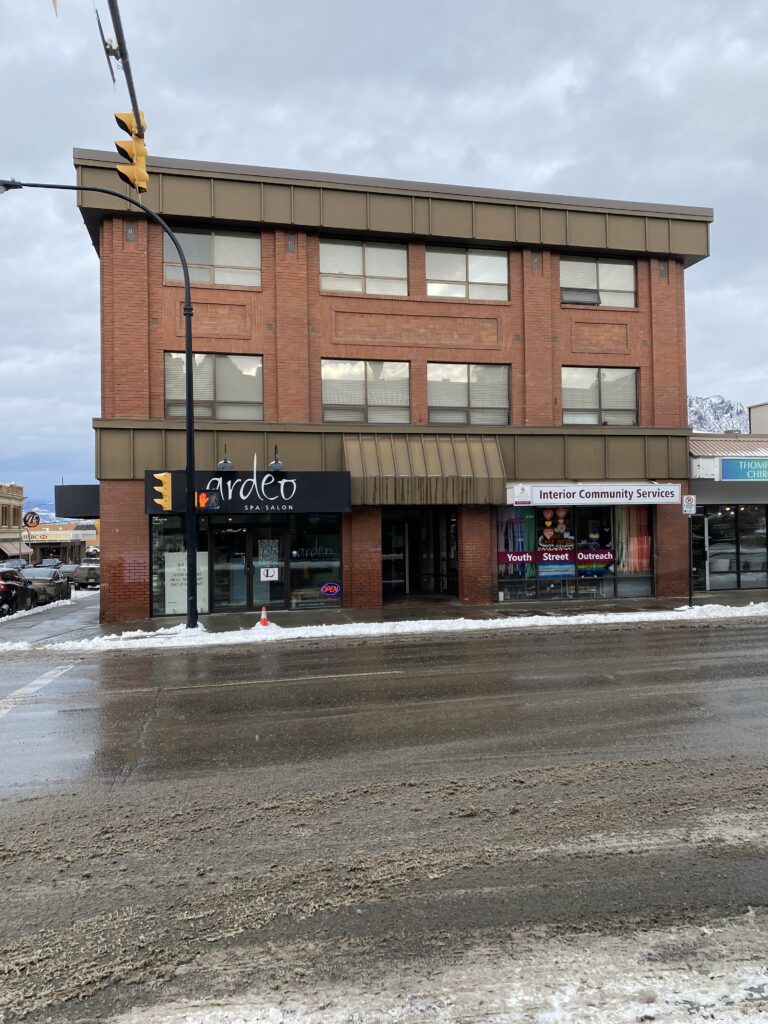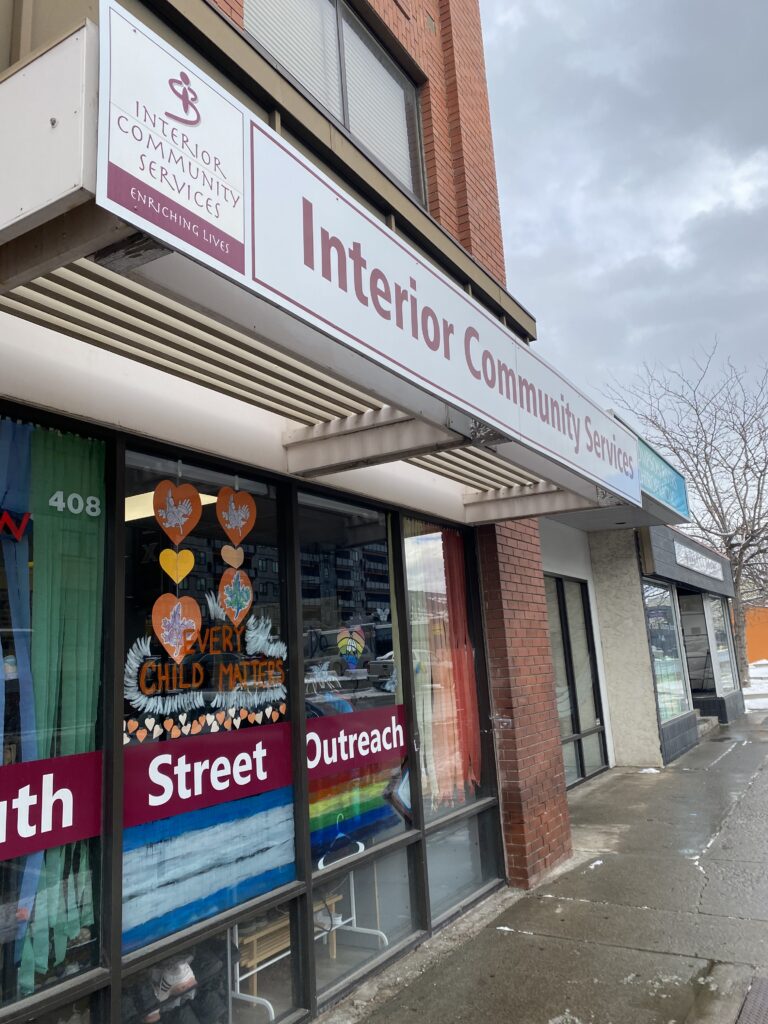Acadia Place: Below-Market Housing for People with Disabilities
Category: Non-Market Rental | Author(s): Jodie Cooper

Image Credit: Interior Community Services
Location Address: 400 Seymour Street, Kamloops, BC, Canada
Subject
Interior Community Services has been enriching lives and strengthening communities since 1977. They provide many forms of support to the community, and a primary one of these is housing. They work in close partnership with BC Housing, a province of British Columbia agency which provides low-income housing to those who need it most, (to provide housing to people in the community who are unable to live in market rentals or own their own homes).
Not just anyone is eligible for one of the homes operated by ICS at Acadia Place. For example, Acadia Place is unique in that there are two different types of units with different eligibility requirements. ICS operates the Acadia Place Youth Participation Program, designed to give young people a chance to learn or improve their independent living skills. The program allows youth 17 to 24 years old the opportunity to develop important life skills for successful independence. Many of the youth participating in the program are living on their own for the first time and may be considered at risk of being homeless. Some participants in the Acadia place Program are youth that were supported in the ICS Street Outreach Program.
Crisis
Other units are for those who qualified for BC Housing and are offered a place based on their placement in the BC Housing Registry, which is province wide. Due to the number of people requiring affordable housing waitlists are long and it can take months for individuals to be offered housing. Applicants for housing must meet eligibility requirements based on income and residency as well as on need. Prospective must be able to move into available housing as soon as it is available. If they are unable to do so, housing may be offered the next person. This means that while the waiting list is long, it could potentially take even longer for a unit to actually be filled by an eligible tenant.
Rent at Acadia Place and similar locations is typically around $500 or less. This is because most are either below or non-market rentals. Acadia Place is a subsidized building offering rentals at below-market rental. The non-youth program units primarily to seniors and people with disabilities. Everyone who lives at Acadia Place qualifies for low-income housing, since most have been placed there after coming off the BC Housing registry.
Even though the housing provided by Acadia Place is much more affordable than many other locations in town and provides independent living for people with disabilities, it cannot be considered truly accessible housing. This is because it is not outfitted with proper accessibility supports, including no elevator, wheelchair ramp, or accessible doors. Tenants must be able to easily go up and down the stairs and must also be able to live independently. There are additional community supports that tenants can access by living there, but these are usually provided by Community Living BC and other programs that support independent living in the community.
Video Credit: Jodie Cooper
Community Implications
Despite its affordability and convenient location, Acadia Place cannot be considered truly accessible due to the reasons listed above. There are tenants all throughout Kamloops who need to be living in locations like Acadia, but it is incredibly difficult to house all those people. Out of 250 units managed by Interior Community Services, only four can be considered truly accessible. The wait list for accessible units is months if not years long, because of the lack of the number of units available does not meet the current demand. Many people end up spending years on the wait list. There are more people in Kamloops waiting for an accessible unit than can be counted, and only four truly accessible housing units within the housing stock of Interior Community Services only highlights the need for more accessible housing.
Click or press on images to expand.
A Way Forward
We recognize that no one suggestion will solve the housing crisis in Kamloops, but based on our research, here are some ideas that may help move us even slightly forward.
John Trotta from Interior Community Services says that he thinks this needs to be a matter of concern for new buildings from the jump. Instead of outfitting old buildings to be more accessible, he thinks that accessibility should be implemented into new buildings from the time they are built. This is more cost-effective as well as easier for the construction companies. Many of the old buildings in Kamloops are unable to be outfitted for accessibility because their age makes them difficult to renovate (also the cost of renovating a building or unit to allow for more accessibility is substantially more expensive after it is built than if it considerations were made prior to being built.
The housing crisis is far from over, and there is no easy solution in sight. However, Mr. Trotta thinks that Acadia Place can be part of the solution. Since they provide housing to those who are able to live independently but still need to be in a below-market rental, this frees up more accessible housing for those who need it, such as those who are under-housed or over-housed. Mr. Trotta hopes that in the future, developers will take into consideration the need for accessible units right from the jump. An example of this is the proposed redevelopment of Glenfair Seniors Housing in Kamloops. BC Housing is considering the redevelopment of the 80 units on site to add new affordable and accessible seniors housing rental homes. Hopes are that these buildings will feature units that have been built with accessibility in mind.Acadia Place may not offer the type of accessibility that every disabled person is looking for, but there are many people with disabilities who are able to live on their own and just need some assistance with rent. Acadia Place provides an excellent place for those people to live, and in doing so assists the housing crisis by freeing up accessible housing for those who truly need it, as well as offering support for initiatives that promote more inclusive housing in the community.


